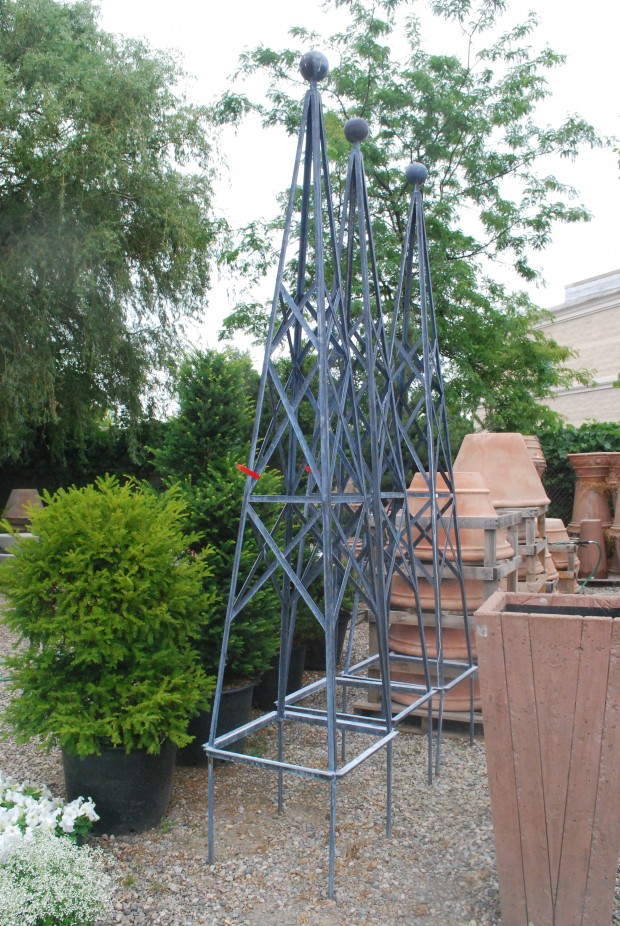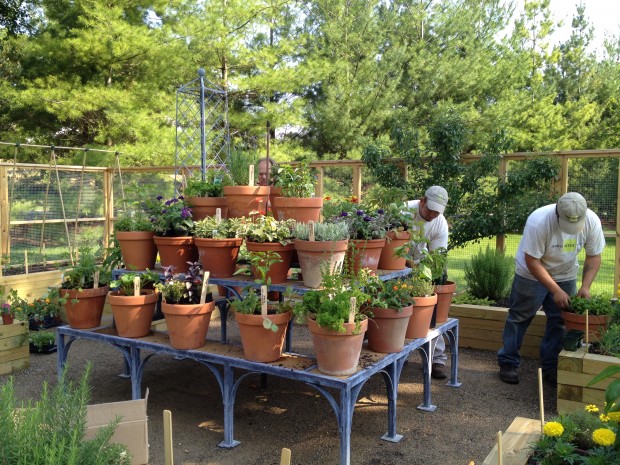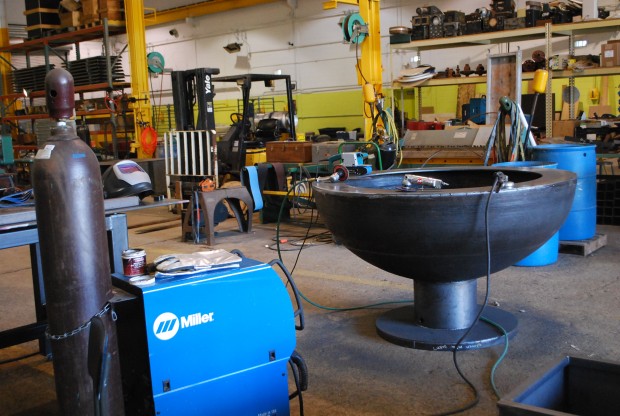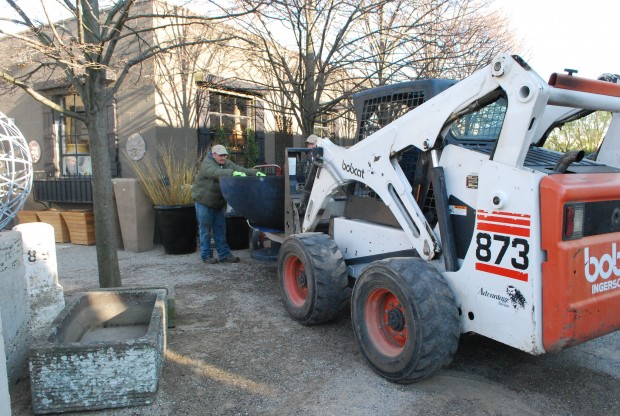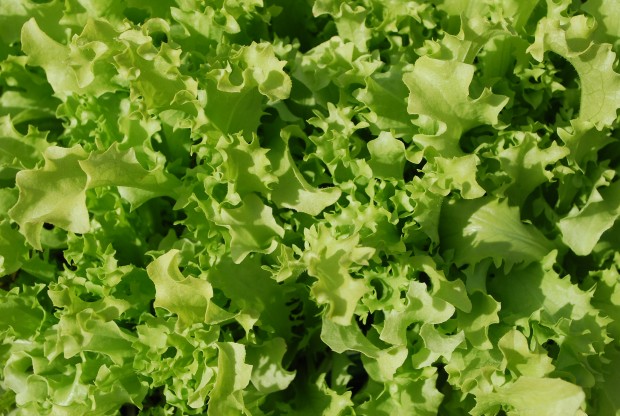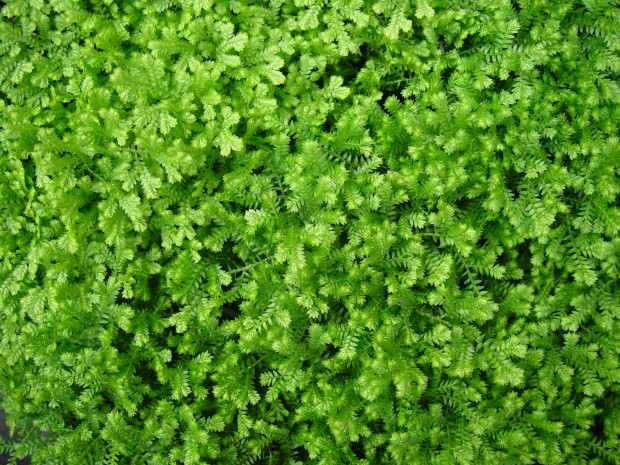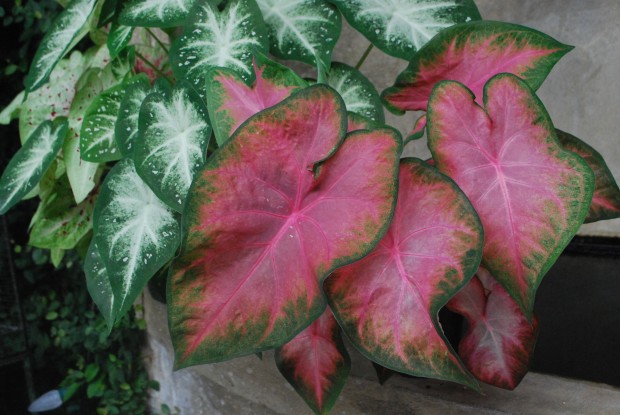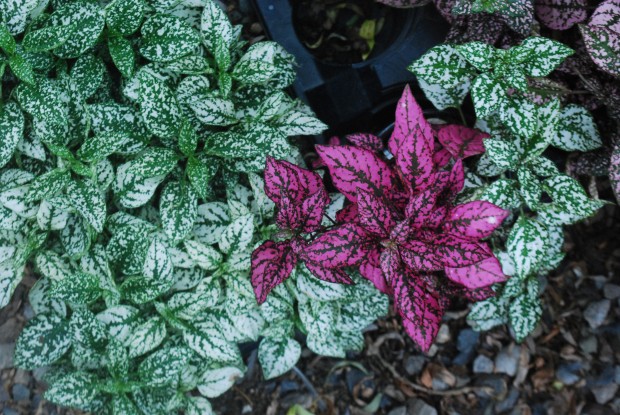tall lattice boxes
tall lattice box
oil derrick topiary towers
oil derrick topiary towers, finished
steel planter boxes
steel planter box, planted
planted steel planter box
steel pergola and planted tall Jackie box
steel fountain cistern. The steel grid positioned near the top of the water level is a safeguard- given very small, and very curious children.
Steel planter boxes
rectangular steel Hudson box, and associated steel Hudson planters
planted steel Hudson boxes
steel tomato cages in the form of classical obelisks
steel herb table, after the classic English auricula theatre. Buck has been very busy, churning out one fabulous garden ornament after another. This plant table is proportioned exactly according to the golden mean. No wonder it looks so solid, so satisfying, and so good.



